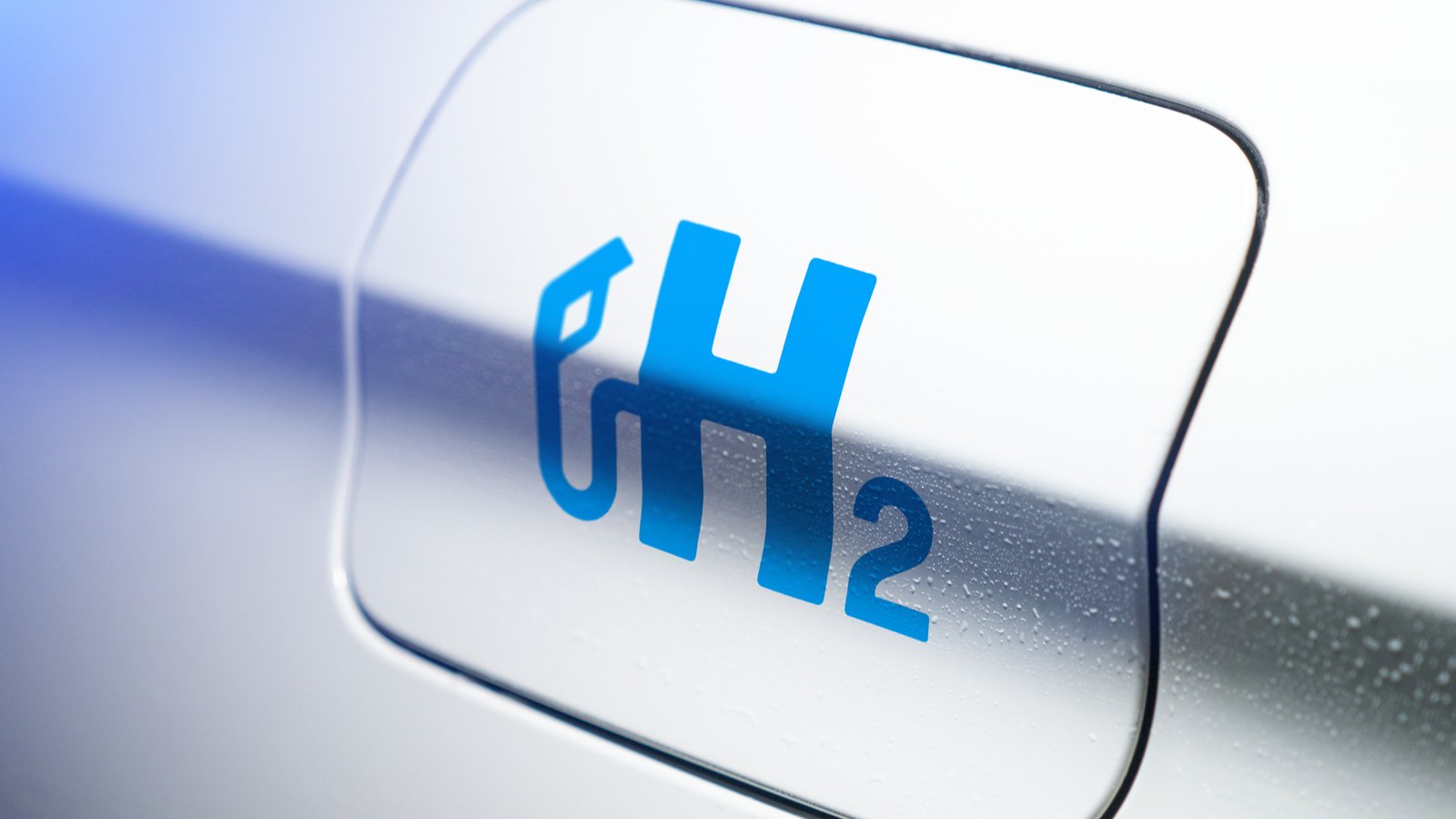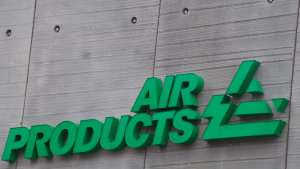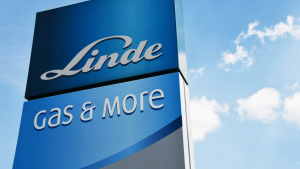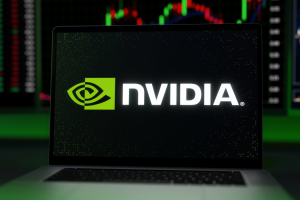
Just days ago, the Department of Energy announced a $750 million investment in 52 U.S. projects that will cut the cost of clean hydrogen and “reinforce America’s global leadership in the growing clean hydrogen industry,” as noted by Energy.gov. All of which should be a sizable catalyst for hydrogen stocks.
“The projects are expected to enable U.S. manufacturing capacity to produce 14 gigawatts of fuel cells per year, enough to power 15% of medium- and heavy-duty trucks sold each year, and 10 gigawatts of electrolyzers per year, enough to produce an additional 1.3 million tons of clean hydrogen per year,” they added.
Even better, according to MarketsandMarkets, the global hydrogen market could be worth about $410.6 billion by 2030 as compared $242.7 billion in 2023. All as global governments focus on developing hydrogen-fueled, cleaner energy economies, and needed infrastructure. After all, hydrogen emits only water vapor and warm air, with no greenhouse gas emissions.
As investors wake up, you may want to consider buying hydrogen stocks, such as:
Air Products and Chemicals (APD)

Since the start of February, Air Products and Chemicals (NYSE:APD) jumped from about $212 to a recent high of $244.63. From here, I’d still like to see APD refill its bearish gap around $260 initially. From there, it could easily test $272 as the hydrogen story gains momentum.
Plus, as we wait for the stock to recover more lost ground, we can collect its dividend of $1.77, which is payable on May 13 to shareholders as of April 1.
Air Products Chairman, President and Chief Executive Officer Seifi Ghasemi added, “We remain committed to striking the right balance of returning cash to our shareholders and investing in our growth opportunities. We expect to return approximately $1.6 billion to our shareholders in 2024, extending our track record of more than 40 years of increasing the dividend, while continuing to execute high-return industrial gas and clean hydrogen projects that advance sustainability and the energy transition.”
JP Morgan also just reiterated its overweight rating on the APD stock, citing APD’s strategic focus on green hydrogen production for the European market.
Linde (LIN)

Linde (NASDAQ:LIN) is one of the top hydrogen stocks I mention most often. All because it continues to trend higher with a solid dividend to boot. Granted, it’s become technically overbought, and in desperate need of a pullback. But I still like LIN for the long haul.
The last time I mentioned the LIN stock, it traded at around $448 on March 4. At the time, I noted, “Nowadays, LIN trades at $449, and I still believe it could test $480 near term. Helping, the company just raised its dividend by 9% to $1.39 a share. That’s payable on March 28 to shareholders of record as of March 14.”
While LIN didn’t hit $480 just yet, it did come within $3 of that target. Helping, “The company’s pricing strategy and cost management initiatives have contributed to margin expansion and strong earnings growth expected in FY24,” as noted by Seeking Alpha. “A significant takeaway from their FY24 guidance is the projection of 8%-11% of adjusted EPS growth.”
Direxion Hydrogen ETF (HJEN)

While its chart may not look exciting, don’t write off the Direxion Hydrogen ETF (NYSEARCA:HJEN) just yet. With growing, explosive interest in hydrogen, I’d like to see it rally back to $12.40 initially.
With an expense ratio of 0.45%, the ETF offers exposure to about 30 hydrogen stocks with a focus on hydrogen production and generation, storage and supply, fuel cells and batteries, in addition to systems, solutions, membranes, and catalysts. Some of its top holdings include Bloom Energy (NYSE:BE), Air Liquide(OTCMKTS:AIQUY), Ballard Power (NASDAQ:BLDP), Linde, and Plug Power (NASDAQ:PLUG).
What’s nice about an ETF like HJEN is that it offers solid exposure to multiple hydrogen names at a low cost. For example, if I wanted to make 100 shares of HJEN, it would cost me close to $1,100. If I were to buy just one of the ETF’s holdings such as Linde, for example, it would cost me closer to $4,700. I’d rather pay $1,000 for greater exposure.
On the date of publication, Ian Cooper did not hold (either directly or indirectly) any positions in the securities mentioned. The opinions expressed in this article are those of the writer, subject to the InvestorPlace.com Publishing Guidelines.




